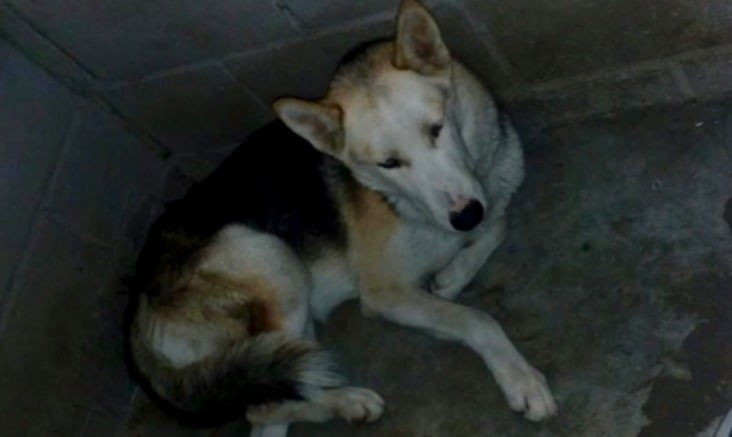Cats and Dogs Are Evolving to Look Alike — And It’s Because of Us
At a glance, you’d never confuse a Persian cat with a pug — one meows, the other barks, and they’re separated by 50 million years of evolutionary history.
Yet, astonishingly, modern science reveals that these two animals are converging in one unexpected way: their skulls.
A growing body of research shows that, under the influence of human domestication, cats and dogs are evolving to look more and more alike.
When Evolution Takes a U-Turn
Evolution typically drives divergence. Animals sharing a common ancestor gradually split off and adapt to different environments, developing unique traits. That’s how lions and housecats, or wolves and golden retrievers, became so distinct.
But sometimes, unrelated species end up resembling each other due to similar environmental pressures — a phenomenon called convergent evolution.
And now, that pressure is us.
Through domestication, both intentional and unintentional, humans have imposed selective forces strong enough to override millions of years of divergent evolution.
We’ve bred animals to serve specific roles, fit our aesthetic preferences, or simply look “cute.” As a result, cats and dogs — two species with vastly different evolutionary origins — have started to develop similar physical traits.
The Skull Study That Changed Everything
A team led by evolutionary biologist Abby Grace Drake recently analyzed 1,810 skulls of domestic cats, dogs, and their wild relatives.
Using 3D scans from museums, veterinary schools, and digital archives, they studied a wide range of breeds — from Siamese and Maine coons to pugs and collies. The results were surprising.
Domestication didn’t just diversify skull shapes beyond those found in wild wolves and wildcats.
It also created strange similarities between certain cat and dog breeds. For example, flat-faced breeds like Persian cats and pugs both show remarkably similar cranial structures, despite no close evolutionary relationship.
Even more striking, the extreme diversity in domestic skull shapes isn’t reflected in the wild. Wild canids (dogs, wolves, jackals) usually have elongated skulls, while wild felids (cats, tigers, jaguars) exhibit only mild variation.
But humans have pushed domestic breeds to both ends of the spectrum, from ultra-flat faces to exaggeratedly long ones — in both species.
Baby-Faced Pets and Human Psychology
Why would humans, consciously or not, steer two entirely different animals toward the same look? The answer lies in our own biology.
Humans are particularly drawn to infant-like features: big eyes, small noses, and rounded faces.
These features, called “social releasers,” tap into deep-rooted caregiving instincts. We respond to them instinctively — with affection, vocal softness, and protectiveness — because they signal helplessness and need in human babies.
This same psychological mechanism is now being hijacked by our pets. Flat-faced cats and dogs resemble infants more than their wild counterparts, triggering the same emotional response.
Breeders, often catering to consumer demand, have exaggerated these traits to appeal to our instincts.
But this manipulation comes at a cost.
When Cuteness Becomes Cruel
Selective breeding for aesthetics has led to serious health issues in many breeds. Flat-faced animals, in particular, often suffer from brachycephalic obstructive airway syndrome, a condition that causes chronic breathing difficulties.
Others face neurological issues, reproductive complications, and shortened lifespans.
A 2024 report from the UK’s Animal Welfare Committee raised alarms about these trends. The committee urged stricter regulation, including banning the breeding of animals with severe hereditary health issues.
Without intervention, many beloved breeds may continue to suffer — not from nature’s cruelty, but from our own choices.
This is not unique to pets. In livestock, chickens bred for rapid meat production now carry 30% of their body weight in breast muscle, often at the expense of heart and lung health.
It’s a broader pattern: our preferences are reshaping animal biology in ways nature never intended.
A Powerful — and Dangerous — Influence
What does it mean when cats and dogs, separated by millions of years, start to resemble each other because of us?
It’s a reminder of the immense — and sometimes reckless — power humans wield over other species. By selecting for traits that appeal to us, we may also be selecting for suffering.
This convergence isn’t just about appearance. It’s a cautionary tale about unintended consequences. As we continue to mold the animals around us, we must ask: Are we doing it for their benefit — or only our own?
Understanding the evolutionary pressures we create can help us make more ethical decisions. Because when evolution starts running backward, it’s time to consider where we’re leading it — and who might be getting hurt along the way.









